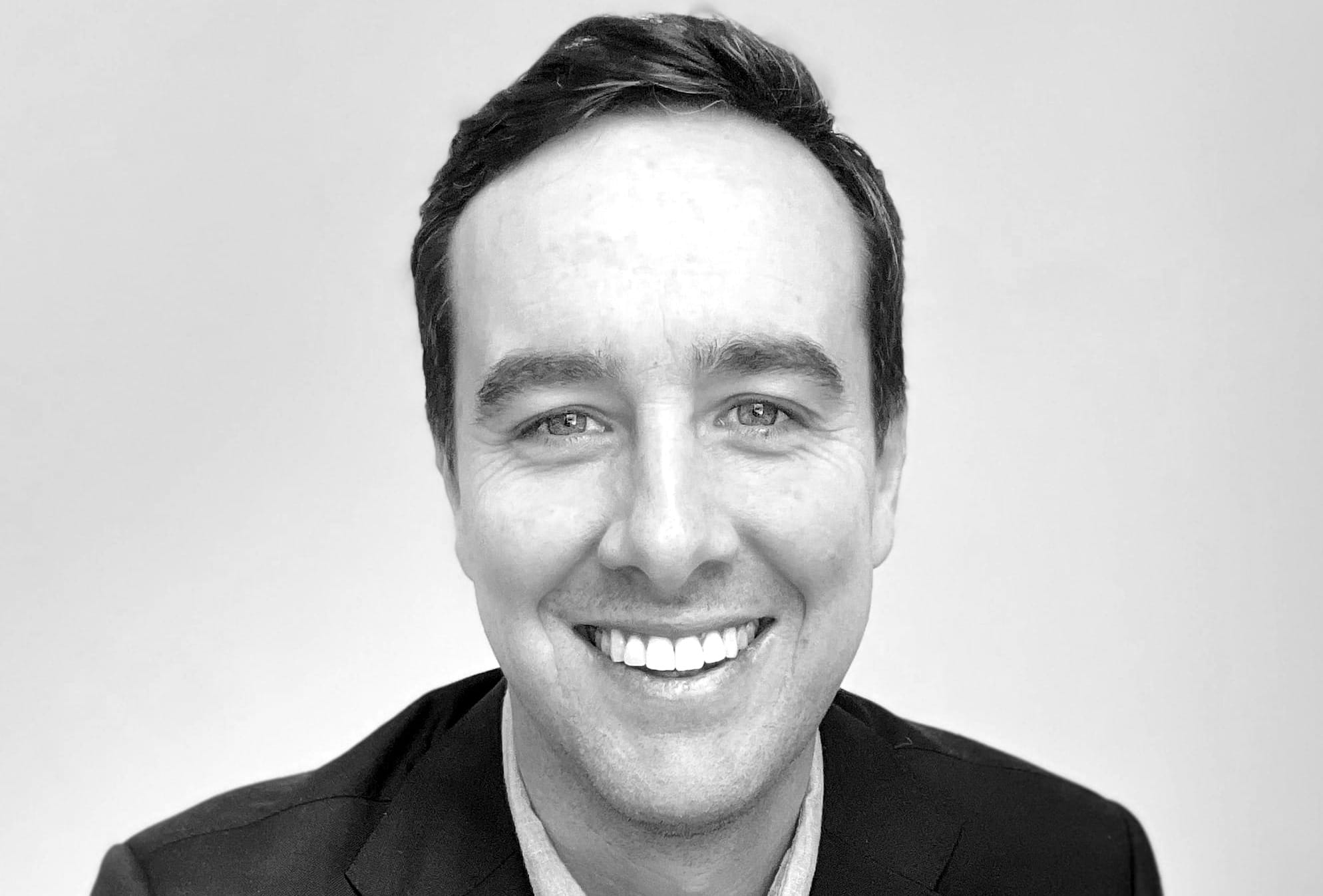Let's say one exec stakes their career on building the company's future on one tech vendor. Massive budgets are spent.
Three years later, it's obviously wrong. But that person can't allow change because it means admitting failure. So the entire organisation slows down. Months are lost in productivity until someone has the courage to make a change.
Change bullies are everywhere.
Now, you would think - given all the calls for guardrails around AI - that this couldn't possibly happen in large organisations. But it does because political players prep their friends to say 'no' to change requests. They arm their allies with data to fight new ideas.
Sneaky.
Dylan Valade is Education Council Chairman for the MACH Alliance, which advocates for independent software vendors. He says it's time to break the bully culture some executives hold over the organisation. Whether it's politics or ego investments, Valade says it's now possible to map the bottlenecks that prevent change.
"A CEO I spoke with recently said, 'I had no idea this company was this difficult'," Dylan says. "He's new to the job at a large public company, discovering how bureaucratic the organisation has become. How long will it take him to identify which individuals are the bottlenecks? Years, probably."
Dylan explained how corporate innovation gets blocked: over-formalised approval gates and the sneaky foxes who informally kill initiatives behind closed doors.

The more novel something is to an organisation, the more approval layers it receives. Traditional IT projects sail through because they follow established patterns. But introduce something genuinely innovative and suddenly vice presidents who supposedly own the decision are quietly working behind the scenes to kill it.
"If it's something new for that organisation, there's a lot of gates put up," Dylan says. "The same approval flow they were using, they applied to the new thing. We haven't moved anything off that team's plate."
Valade believes bottlenecks can be identified using chat data from Microsoft 365, Slack and other communication platforms.
"A new CEO is trying to figure out how to get people to stop being so bureaucratic," he says. "How many months or years will it take to find out which individuals are the bottleneck? They're not gonna put their hand up, but you could look at the communication throughout the organisation and find it very quickly."
Valade says a new AI technology called Scan AI [the messaging on the website is awful, sorry] can now visualize communication pathways to surface the informal power structures that actually run companies.
For a new CEO or PE firm trying to execute change, this visibility could be transformative. Instead of spending years discovering which individuals block progress, you identify them in weeks and move them away from gatekeeping roles.
The Career-Staked Decision
Dylan explains the most insidious pattern is the executive who invested career capital in a partnership that no longer serves the organisation - often Big Tech with punishing contractual terms. These relationships often outlive their usefulness by years.
"People are afraid to have an about-face for a decision they made, especially for a capital program within the last three years," Dylan says. "If they made a big play on something expensive, anything over a million dollars in a software contract, they had to advocate for that. It took a long time to get buy-in."
But they can't admit it's wrong. So the organisation hemorrhages money on unused licenses and underutilized features, while getting hit with overage charges on the few capabilities they actually need.
"That one individual basically staked their whole career at this organisation on a tech partnership," Dylan says. Now it's so obvious that's not the right choice, but that person cannot allow this change to happen."
"So if a director said 'I'm gonna hit this number' and I'm not changing course come what may, that also happens in software - over-procurement.
"Companies have warehouses full of licenses they're never going to use but they'll be charged for. Just because one person won't admit an error."
The bottleneck then shifts from strategic forecasting to personal reputation management. Instead of "what do we buy to meet the sales forecast?" organisations ask "what will we allow to be procured?"
That question has nothing to do with business outcomes.
Breaking the Deadlock: Lessons for CEOs
- Dylan says make the invisible visible. Map communication patterns to identify bottlenecks. Surface informal power structures that really run organisations. Do it before another promising initiative gets quietly torpedoed in a boardroom by someone protecting a decision they made three years ago.
- The technology exists. What's missing is willingness to look honestly at the human systems that determine whether change actually happens.
- Create permission structures that allow people to admit when prior tech decisions aren't serving current needs - but in tandem explicitly separate evaluation of a tech decision from evaluation of the person who made it.
- Many companies rush to buy technology without being ready. Instead they need to build consensus on measurement frameworks before pursuing major tech investments. If you can't agree on success, you're not ready to spend millions.

Is your board doing a good job?
Tollejo's board assessments look at the growth performance of your company vs the performance of your board. If you want to get better, you need to understand what to improve.
Upcoming Events
Christmas Drinks - Dec 3
Old-fashioned party in a 340-year-old pub. Book your place.
The Executive Summary: Live
Drinks and interviews with A-Players. Moses Itauma (unbeaten heavyweight) was our recent guest.
The Board Table
Quarterly CEO dinners. Growth, exec teams and the conversations you can't have with your board.
City CIO Club
From OpEx wins to AI challenges. Where CIOs discuss what boards are really thinking.
City Crypto Club
London's crypto leaders on regulation, institutions and building legitimate businesses.
I'm in London next week. Reach out if you'd like a coffee.
Dan


